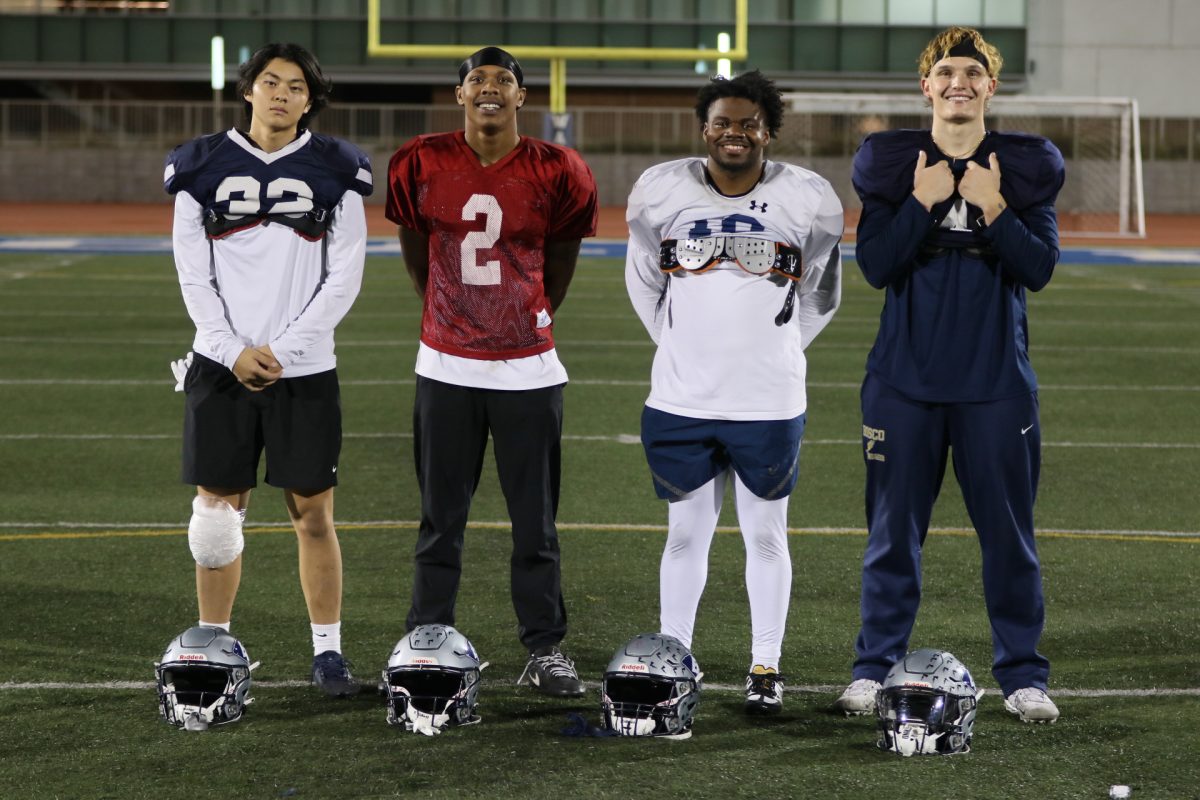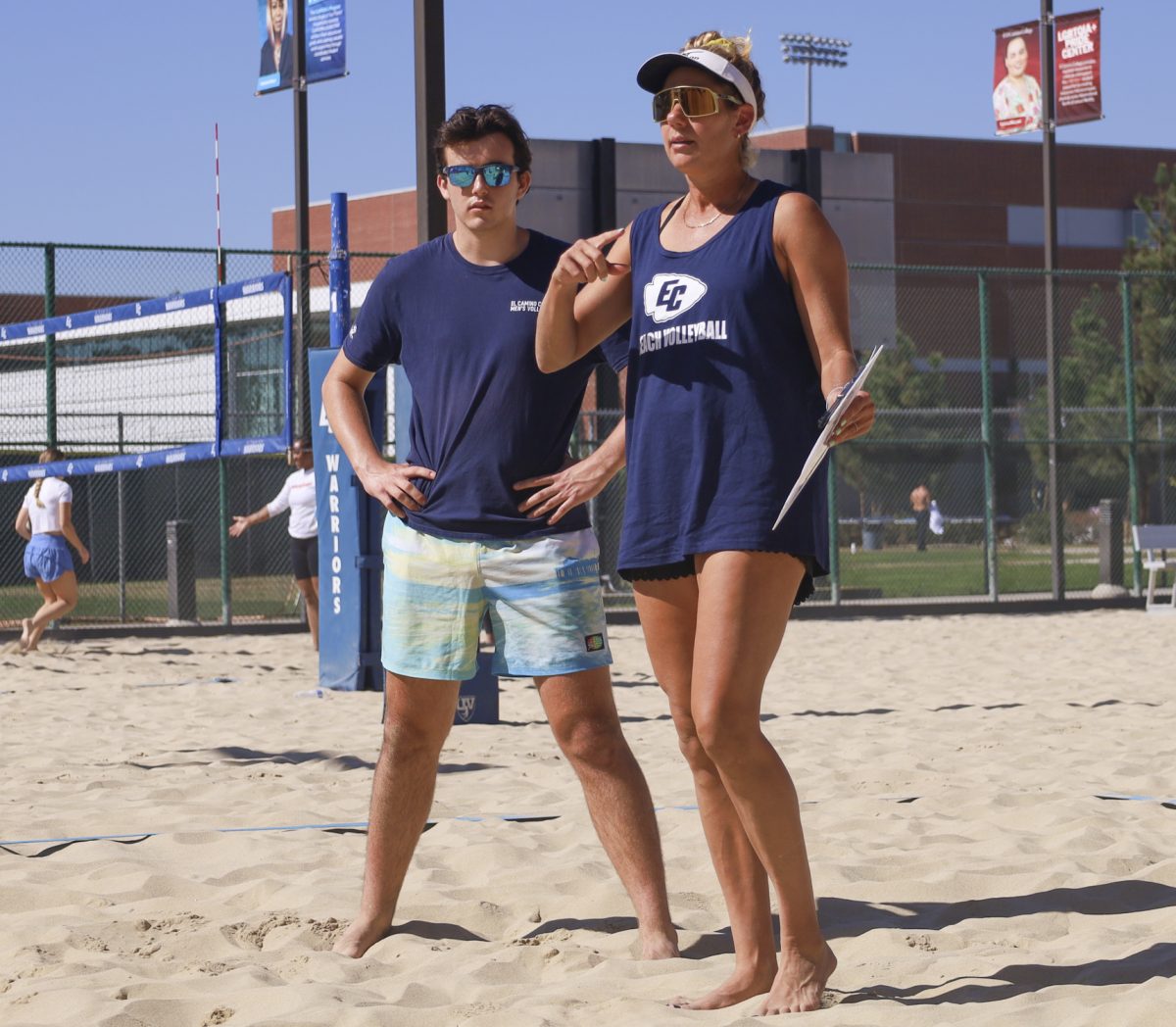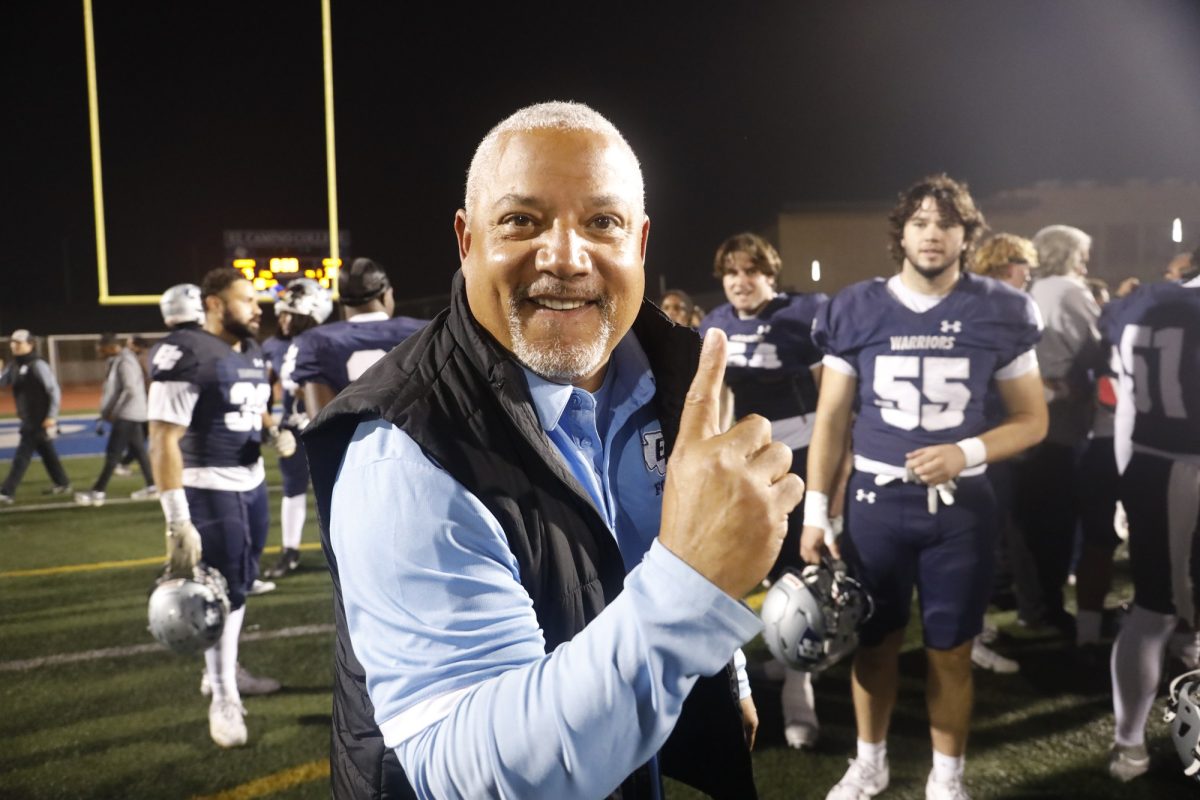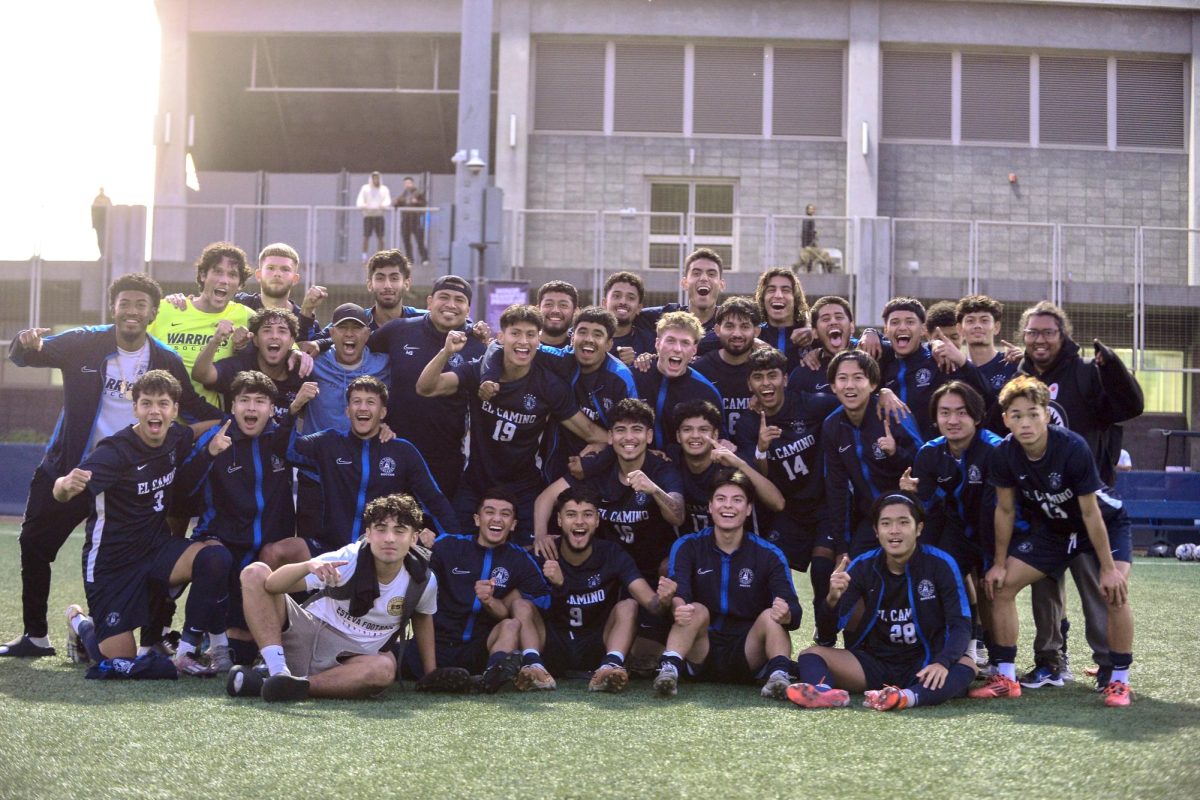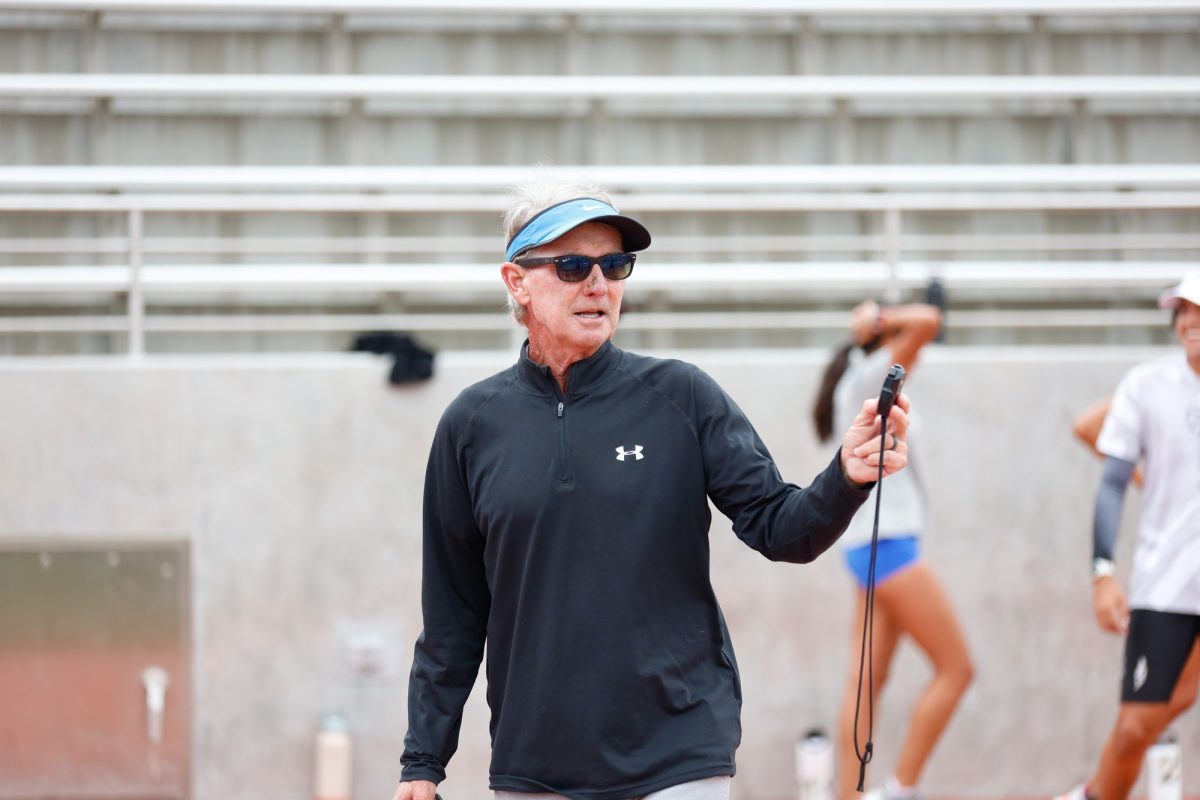Engaging in physical fitness has always been one of the biggest struggles for physically and mentally handicapped individuals.
Thanks to the Adapted Fitness Program, disabled students have the opportunity to learn and take part in various athletic activities.
The program serves 240 students, with disabilities ranging from cerebral palsy to hearing or visual impairment and classes are always filled.
Of the 240 students in the program, 35 are new and 210 are returning students.
“Unfortunately, there aren’t a lot of facilities that can accommodate people with physical and mental disabilities in the community.
This program is the only source of exercise for most of our students,” professor Russell Serr said.
Students are able to choose from a variety of classes including weight training, swimming and even bowling classes.
Adapted weight training is where students are free to use any exercise machine or weight to work out at their own pace.
“Everybody has a different workout program where I combine each student’s individual athletic goals with their doctors’ recommendation to create a perfect training regimen for each of them,” Serr said.
The adapted strength training course usually enrolls around 20 students per class while the adapted swimming course enrolls around 30 students per class meeting.
Students who enroll in adapted swimming have the opportunity to work on power walking through the water to improve mobility and balance, learn new swim strokes and even be taught to how to swim for the first time.
“Water is a nice medium to exercise in. It provides resistance for muscles and is also advantageous for weaker muscles because of the lower gravity,” professor Mark Lipe said
To better accommodate students, specialized equipment such as webbed gloves, fins, and special chair lifts to help students in and out of the pool, but family members and medical assistants are encouraged to participate if they choose.
Just like the weight training program, swimming creates an individual exercise regimen taking into account the student’s interests and abilities to create a personal workout routine for the semester.
“We will be working on mobility, balance and agility for the majority of students in class while the rest will work on learning new strokes and lap swimming,” Lipe said.
In most cases, the program is the only source of athletic exercise for these students.
“I love to help the students and it is so fulfilling to watch the quality of life of the students dramatically improve after just a few weeks,” Serr said.
For students interested in going into the health or living assistance fields, EC offers PE 201, which gives them the opportunity to have hands-on experience with disabled individuals, in order to get a feel for what it is like.
Starting next fall, the program will be adding adapted yoga to the curriculum.
“With so many classes getting cut this semester and next semester, I hope important classes that really make a difference like Adaptive Fitness aren’t the classes to suffer,” freshman Parker Sungh said.



